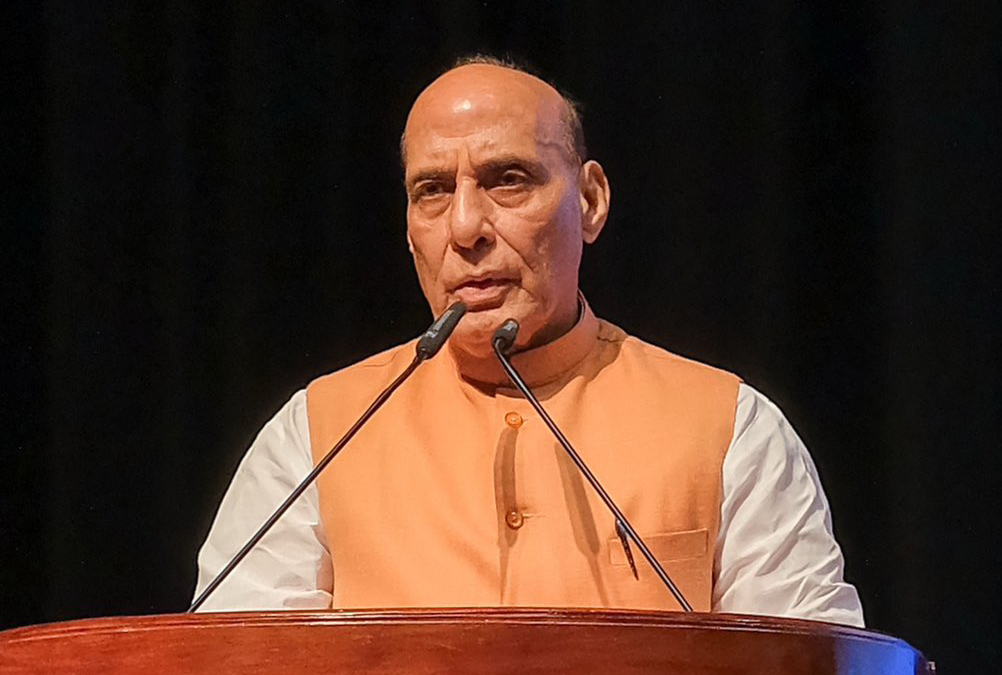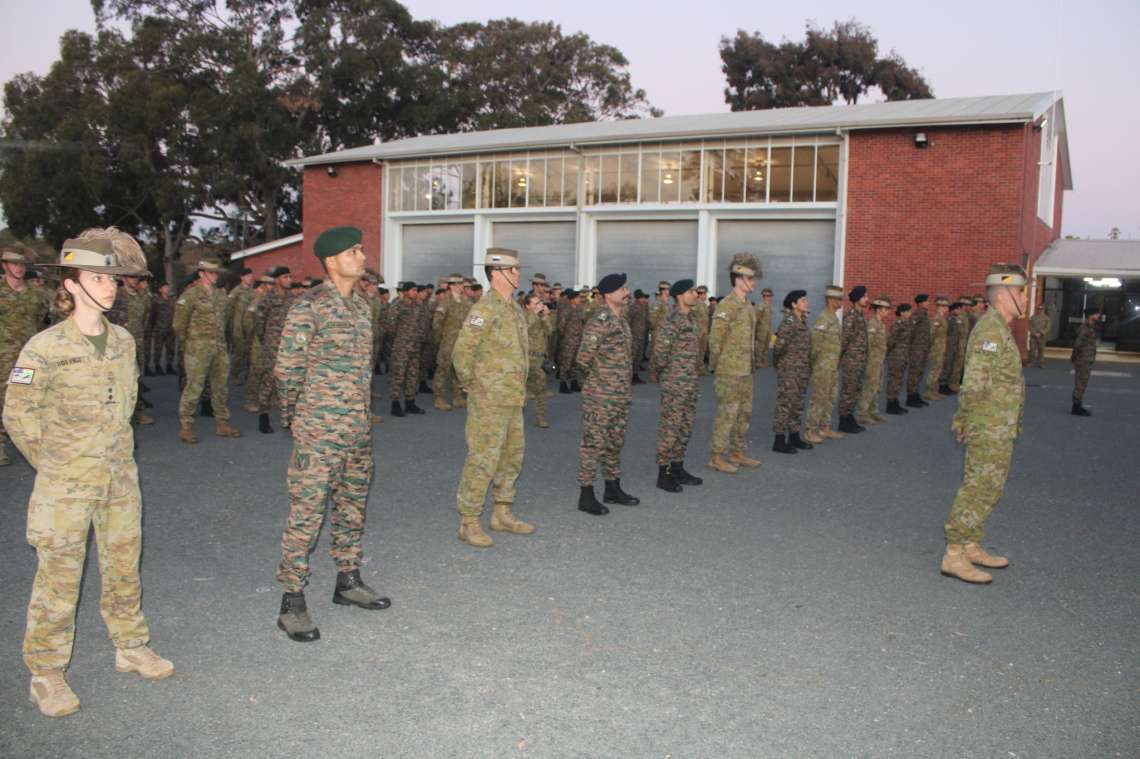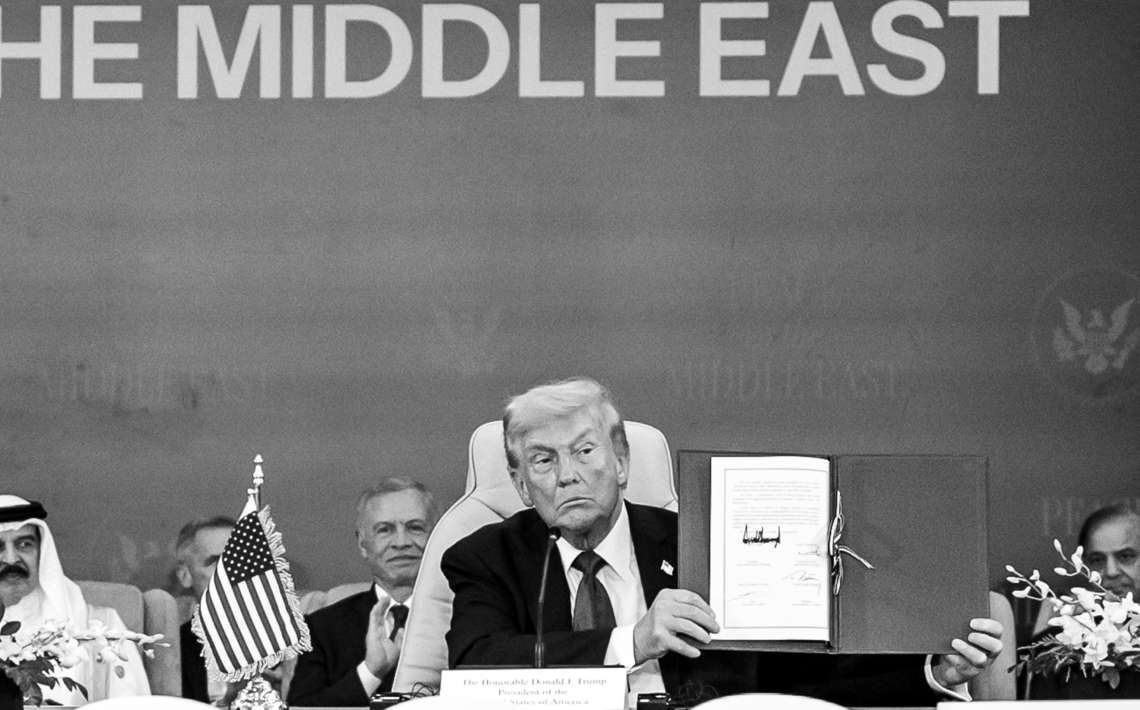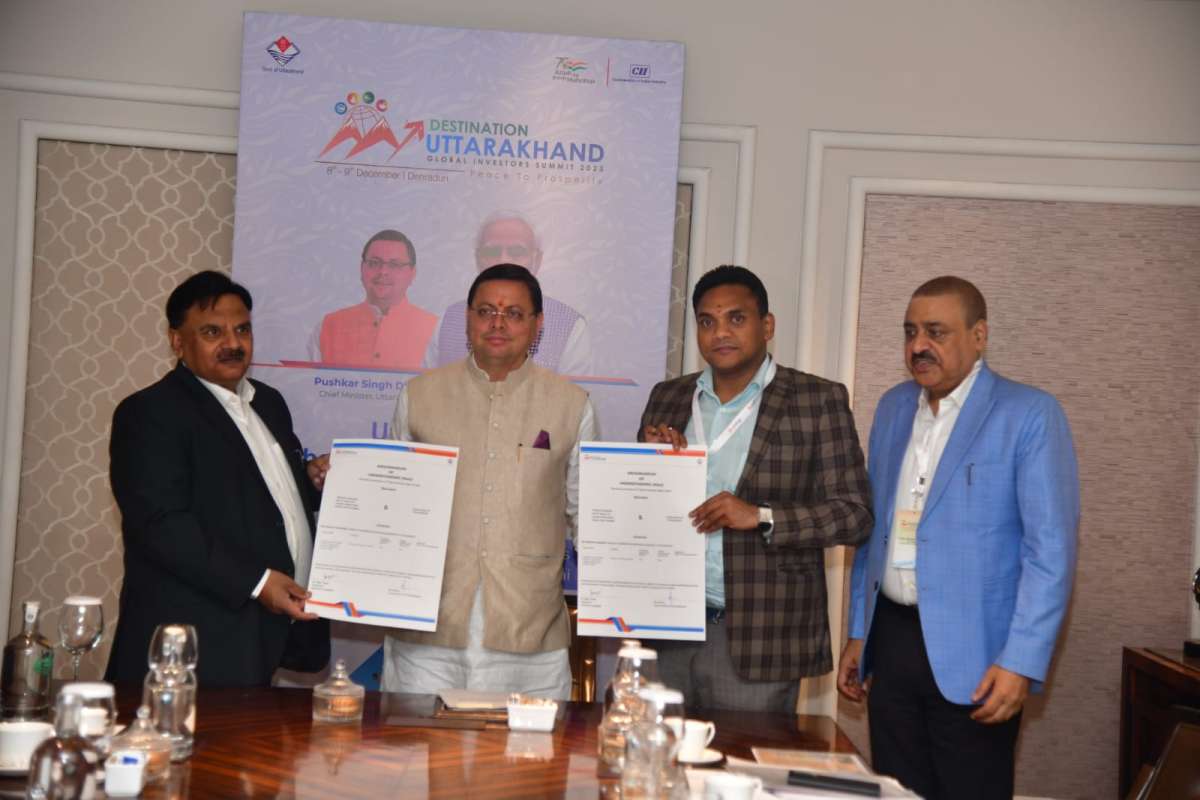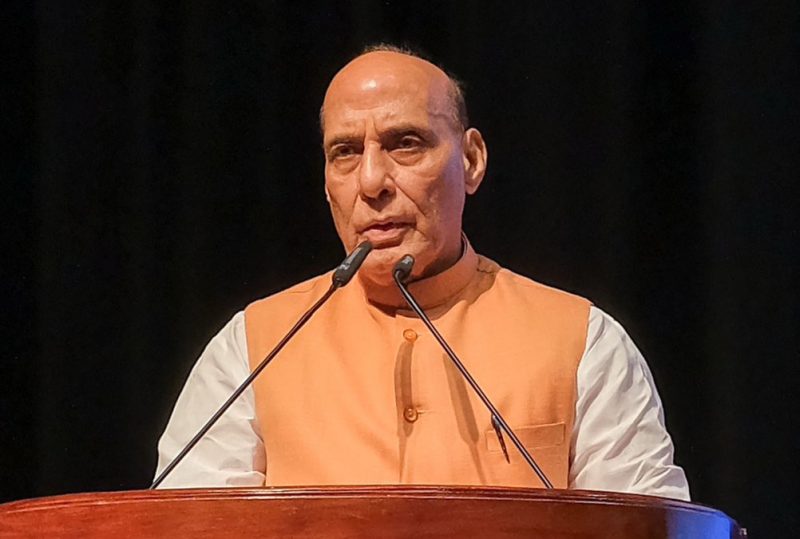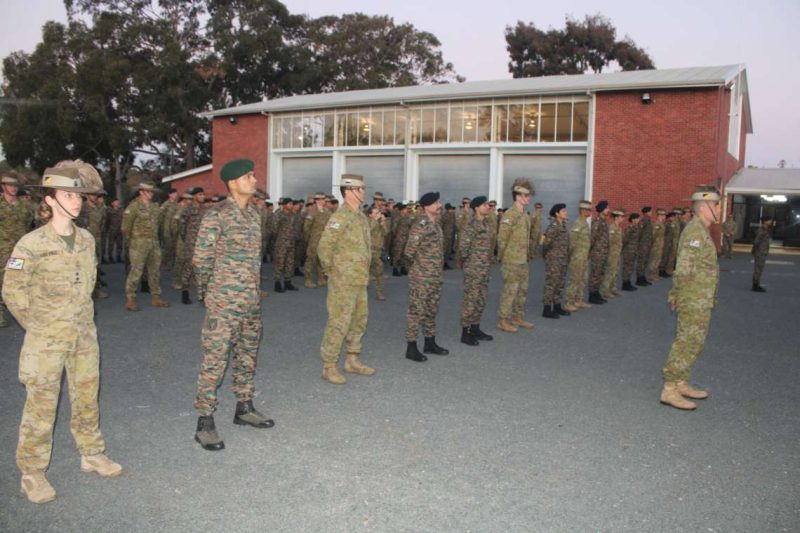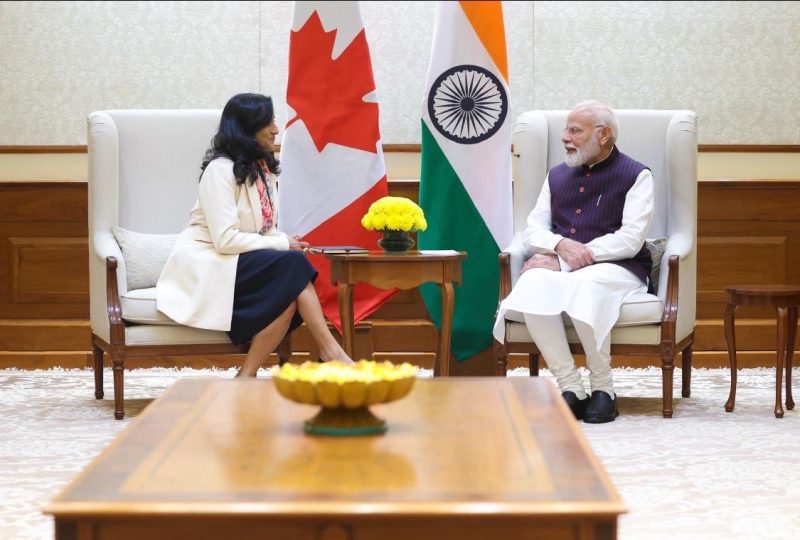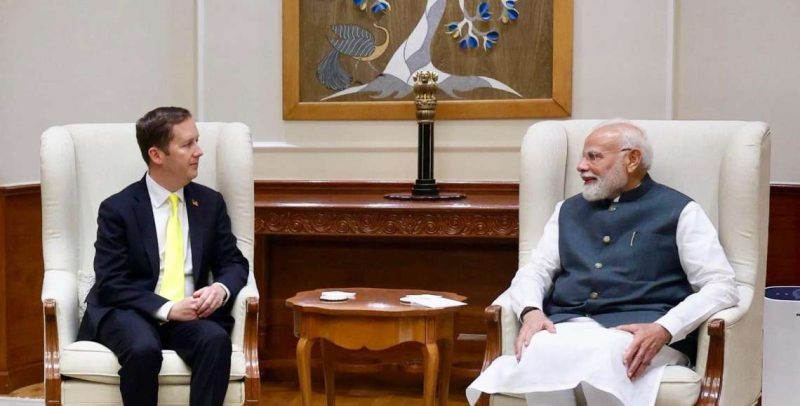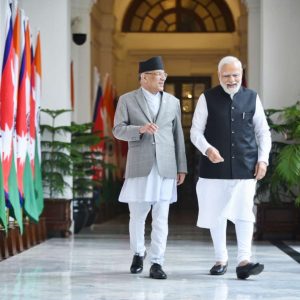With T20 leagues gaining popularity worldwide, fans are becoming less interested in the 50-over format, leading to uncertainty and tension about its future….reports Asian Lite News
Winning the 1983 Men’s ODI World Cup at Lord’s was a historic moment for India, who weren’t given a chance by anyone to clinch the trophy. Life for India as a cricketing nation was never the same since then, giving the country the belief to dream and achieve big in the sport.
Four years later, in 1987, India went on to do something big – host the next edition of the Men’s ODI World Cup, alongside Pakistan. It got the World Cup hosting back in 1996, a tournament best remembered for co-hosts Sri Lanka setting a new template of ODI batting and running all the way to the trophy.
In 2011, the Men’s ODI World Cup was back in India, alongside Sri Lanka and Bangladesh, kick-starting a trend of the host nation winning the coveted trophy when MS Dhoni slammed the most unforgettable six over long-on off Nuwan Kulasekara at Wankhede Stadium in Mumbai.
Cut to now, and Men’s ODI World Cup is back in India after 12 years. But this time around, circumstances are different. India, firmly established as the superpower in the cricketing world, is solely hosting the mega event from October 5 to November 19.
With T20 leagues gaining popularity worldwide, fans are becoming less interested in the 50-over format, leading to uncertainty and tension about its future. Many are wondering – can India help the Men’s ODI World Cup, and the format, in an identity crisis, assert its relevance in a world fastly pivoting towards the razzmatazz of T20s.
The relationship between India and men’s ODI cricket is very interesting. The 1983 victory drew a generation in India towards watching the game and eventually take up the sport. Hosting the 1987 World Cup and ending England’s monopoly on it gave the country a taste of the atmosphere of a global event.
Being one of three hosts for the 1996 World Cup gave it continuity, which ended in a heartbreak for India. The victory on home soil in 2011 was met with a sense of jubilance and satisfaction, as Sachin Tendulkar finally got his hands on the elusive trophy. In 2023 World Cup lies an opportunity for India to revive interest in ODIs and get fans to be in love with the 50-over game all over again.
From the evening of July 14, 2019, when Jos Buttler ran-out Martin Guptill and England completed its ODI resurrection ride by clinching the trophy at Lord’s on the back of a superior boundary count-back over New Zealand, one would have rarely thought that ODI cricket will be at a place where its existence would be questioned four years down the line.
If one sees the reasons behind ODI cricket in an identity crisis under a microscope, lots of reasons emerge – the Covid-19 pandemic, lack of ODI cricket matches in the 2019-23 cycle, the Super League going out after 2023 World Cup qualifications were sealed, talk of eight hours of playing ODIs being viewed boring, especially the middle overs being called too long for comfort viewing, and T20 leagues cropping up, vying for space and cramping international calendar.
No wonder that the talk of reducing ODIs has been gaining steam, with newly-appointed MCC chief Mark Nicholas recently talking of how the format should be played only in World Cups or how the MCC World Cricket Committee had proposed to reduce men’s ODI games after 2027 World Cup, which will have 14 teams.
Quinton de Kock and Naveen-ul-Haq already announced about bidding goodbye to ODIs after the upcoming World Cup in India. But Ben Stokes, the Player of the Match from that dramatic night at Lord’s, has come out of retirement from the format to play in the tournament.
At the same time, left-arm pacer Trent Boult is back in New Zealand’s colours after a year of playing franchise T20 leagues, for chasing that coveted ODI World Cup trophy which eluded him in 2015 and 2019. Despite uncertainty, Stokes and Boult’s choices prove players are still drawn to the men’s 50-over cricket event.
The 2023 World Cup has an element of uncertainty which stands in a good intriguing way. With Covid disrupting schedule and two T20 World Cups, plus as many World Test Championship Finals taking centre-stage, apart from injuries, it meant no team could field full-strength sides in ODIs continuously.
That’s where the opinions are divided – no one knows what’s in store or who are the outright favourites – something which England were in 2019. Hosts and two-time World Cup champions India are hot favourites, and seeing them tick all boxes in Asia Cup and series win over Australia, one can sense that they are primed to hit their peak in the World Cup.
England go into an ODI World Cup as defending champions, and despite the less of intimidating aura, look assured. Australia seem to be formidable in batting, all-rounders and fast bowling, but look light in spin cupboard. New Zealand are back as perennial dark horses who can sneak into knockouts and maintain a stoic look.
South Africa look great as a batting and spin unit, but are light in fast-bowling, due to Anrich Nortje’s absence. Pakistan has nice mix of left and right-handed batters, but have weakness in spin and fast-bowling cupboards.
Sri Lanka can threaten big teams, but losing Wanindu Hasaranga is a tremendous blow. Bangladesh, Afghanistan and Netherlands can be giant killers, but need to click as a unit to upset the apple cart. The tournament will miss the Calypso flavour West Indies bring, making it the first time the two-time winners are not in the mega event.
When the first ball of the tournament opener between England and New Zealand will be bowled in the Narendra Modi Stadium in Ahmedabad on Thursday, fans will put their worries over 50-over cricket on silent mode and be transported to a world where they, as well as players, will go through a cycle of emotions best described by the ‘Navrasa’ for the next seven weeks.
While ‘Rasa’ means state of emotions, ‘Nava’ is self-explanatory: of nine different emotional states in Ayurveda. They go as: joy, power, anguish, respect, pride, bravery, glory, wonder and passion. The 2023 Men’s ODI World Cup can bring back the joy of watching a 50-over game and the contentment it provides, which is not easily found in T20 matches.
Build-up to 2023 World Cup, the 13th edition of the competition, has been a little chaotic: delayed schedule announcement, then a revise in dates of nine games and fans taking to social media over inadequate ticket sales which itself came out late. But weather and pitches permitting, platform is set for fans to enjoy 2023 Men’s ODI World Cup in India and take a break from the talks of the format’s future.
Who knows what will happen in the 48 matches happening in two months or who will clinch the trophy on November 19. So, set your alarms and finish work early to fully enjoy the matches as India prepares to take the lead in reviving the popularity of ODIs, just like it happened in 1983.



